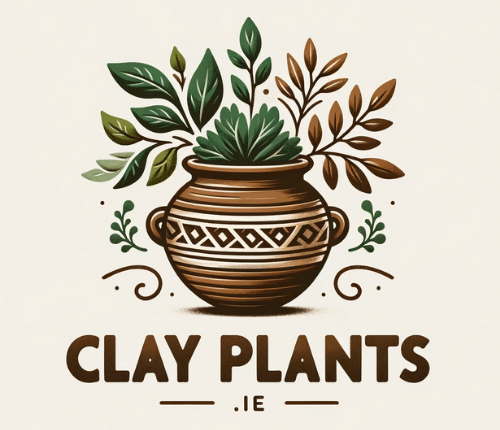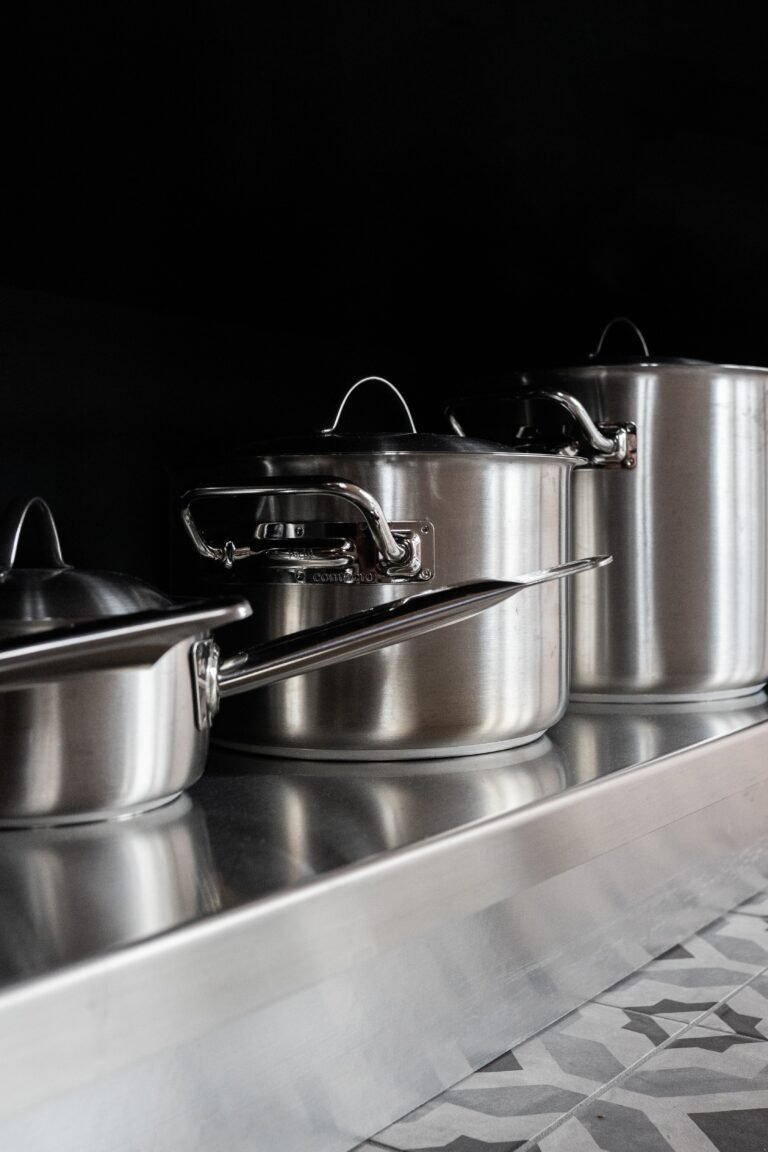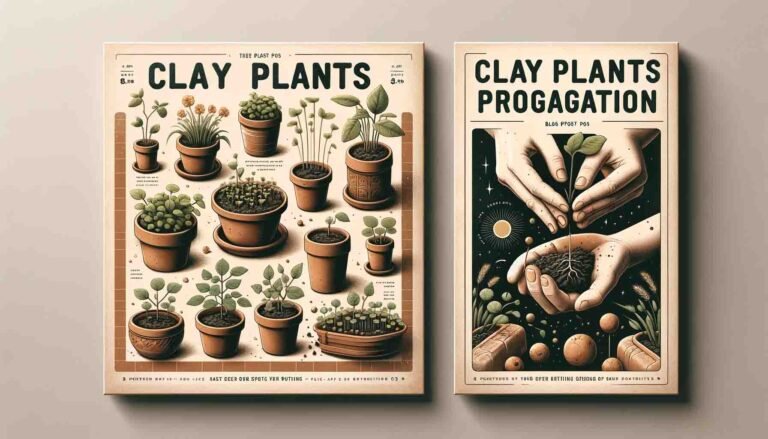The Complete Guide to Repotting Indoor Plants

Why Should I Repot?
The best thing you can do for your plant is to ensure that its roots are healthy and happy. Over time, plant roots can run out of space to grow and become root bound or pot bound.
A slightly larger pot will allow roots more room to expand, and therefore the plant will continue to grow and thrive. This is particularly important during the spring and summer months when plants will see the most amount of growth for the year.
Houseplants also gain nutrition from the soil they live in, and after some time this soil can become depleted in nutrition. Fresh soil will remedy this and provide a boost of nutrients for your plant.
“A slightly larger pot will allow roots more room to expand, and therefore the plant will continue to grow and thrive.”
How Can I Tell When It’s Time to Repot?
The best way to determine if your plant needs an upgrade is by removing the plant from its pot and taking a look at the roots. If the roots are wound up, forming the shape of the pot, then it’s likely that your plant needs a larger home to continue growing. Some plants are slow growers and can live happily in their pot for a number of years. In this instance it is important to fertilize or feed the plant during the growing months to add some nutrition to the soil.

What Soil Should I Use for my Indoor Plant?
The soil is often the unsung hero when it comes to ways to encourage healthy growth. Fresh, high-quality potting soil provides essential nutrients to the plant while also acting as a stable base from which your indoor plants can thrive.
The type of soil you choose is dependant on the houseplant you are repotting. Foliage plants such as Monsteras and Philodendrons tend to prefer nutrient-rich, chunky mixes that hold some moisture, while succulents such as ZZ Plants and Snake Plants will thrive best in compost that retains less moisture and drains faster.
Amendments such as Perlite, Vermiculite, Lava Rocks and Sharp Sand can be added to improve drainage, while bark and coco coir can be added for a chunkier mix.
You can also get premade mixes of Indoor Plant Compost, such as our Organic Potting Soil, and make small adjustments to suit your plants best.
“Fresh, high-quality potting soil provides essential nutrients to the plant while also acting as a stable base from which your indoor plants can thrive.”
Does the Plant Pot I Choose Matter?
Yes, Absolutely! There are 3 things you should bare in mind when choosing your Pot: Size, Drainage and Material.
A general rule for repotting is to go with a pot that is 2-4 inches larger than its current one. This will last a surprising amount of time, and keep your plant happy with a bit more space to grow. Opting for a much larger pot is not recommended, reason being, too much space will prove to be overwhelming for your plant. Too much soil can cause it to retain a lot of water, which will inevitably cause the roots to rot – the ultimate nightmare. Sticking to a pot just a few inches larger is ideal and a much more comfortable fit.
Whenever available, it is always best to choose a pot with a drainage hole in the bottom. Drainage holes allow excess water to leave the pot enabling you to water with confidence that water is not accumulating around the roots of your plant.
Nowadays, you can find pots comprised of all sorts of different things, from classic materials like raw or glazed terracotta, to plastics and metals. Raw terracotta tends to be best for indoor plants as the natural pores in the pot give it an innate ability to breathe, allowing excess moisture to escape and air to reach the roots. If you do opt for a glazed pot then consider watering your plant less frequently as these pots tend to retain water a little more than raw terracotta.
At Clay we give you the option to buy all of our plants already repotted for you. We carefully resettle your plant into a beautiful bespoke pot with just enough room for your it to keep thriving!

How Do I Repot My Indoor Plant?
To some, repotting your beloved houseplant can seem like a daunting task when in actual fact the process is quite simple. The best time to change your plant pot is during the Spring & Summer months when roots are actively growing. However, it is possible to repot all year round once you ensure that your plant is getting as much light as possible.
- Begin by removing the plant from its current pot. To do this gently grab the base of this plant where it emerges from the compost and pull. If you feel some resistance, check the drainage hole(s) in the bottom of the pot to see if the roots have tangled around them and push them back into the pot before continuing.
- Tease the roots with your fingers to loosen them and remove any old compost that surrounds them.
- Place a small layer of fresh potting soil in the bottom of your new pot.
- Place your plant on top of this layer and fill around the plant with more compost to set it in place.
- Gently press down around the base of your plant to secure it in place. Ensure you don’t compact the compost too much as this can prevent water travelling through it freely.
- Douse your plant is a small amount of water to help settle it into its new pot.
Still a little unsure? We have a helpful YouTube video to guide you!
Organic Potting Soil
Clay: The Contemporary Botany Company
We lovingly curate a selection of indoor plants & handmade pots. Delivered across Dublin and Nationwide.
Words by: Clay: The Contemporary Botany Company
Images by:



